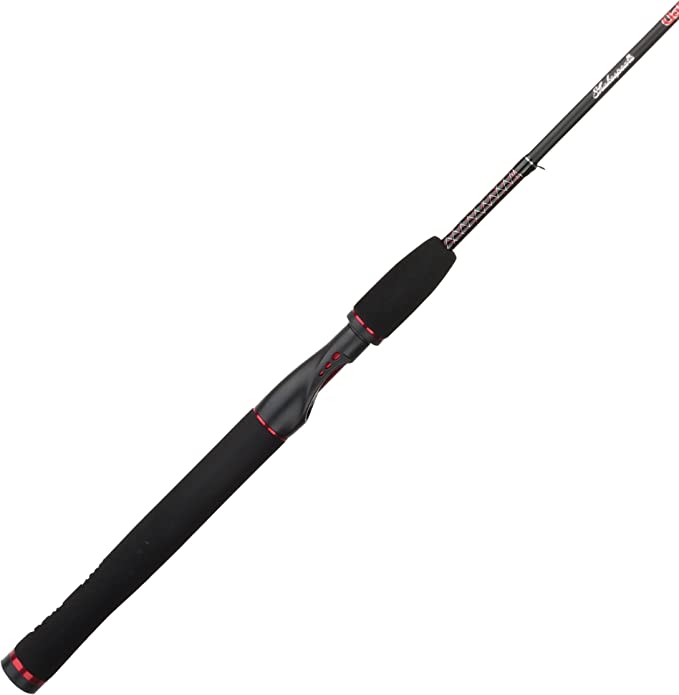ShinHye Canvas Tent: Your Ultimate Guide to Comfortable and Durable Camping
Update on Sept. 16, 2025, 3:11 a.m.
There is a particular kind of misery known to anyone who has spent a night outdoors. It’s the feeling of waking up in a sealed nylon dome, the air thick with stale breath, the walls weeping with condensation. You are protected from the rain outside, perhaps, but you are trapped in a tiny, self-made swamp. It is the paradox of the modern tent: in our quest for absolute, chemically-sealed waterproofing, we have often forgotten that a shelter must do more than repel water. It must also breathe.
But what if the most elegant solution to this problem wasn’t a new polymer or a space-age coating, but a principle of physics embodied in a simple, ancient material? What if a shelter could possess a kind of passive intelligence, tightening its defenses in a storm and relaxing to breathe in fair weather? This isn’t science fiction. It is the story of cotton canvas, and it reveals a profound truth: the most sophisticated designs often arise not from fighting nature, but from a deep understanding of its laws. By examining the timeless form of the canvas yurt, we can uncover the unseen engineering—in its materials, its geometry, and its interaction with heat—that creates a truly livable shelter.

The Living Skin: Material Science of a Dynamic Barrier
At first glance, cotton seems like a relic. In a world of feather-light ripstop nylons and polyesters, a heavy canvas fabric feels decidedly low-tech. But to dismiss it is to overlook the genius hidden at a molecular level. The magic lies in the very structure of the cellulose fibers that constitute cotton.
Each microscopic fiber is covered in hydroxyl groups (-OH), which are powerfully attracted to water molecules. This makes the material hydrophilic, or “water-loving.” When the air is dry, this is a huge advantage. The spaces in the fabric’s weave are open, allowing water vapor—the tiny, individual H₂O molecules from your breath and skin—to pass through freely. The tent breathes, preventing the clammy buildup of condensation.
But when rain begins to fall, a remarkable transformation occurs. The cellulose fibers, driven by their hydrophilic nature, begin to absorb liquid water. As they do, they don’t just get wet; they swell, increasing in diameter. This phenomenon, known as hydroscopic swelling, has a powerful mechanical effect: as each fiber plumps up, the gaps in the weave are squeezed shut. The fabric tightens, forming a formidable, water-resistant barrier.
It’s a design principle echoed in nature, most beautifully in the opening and closing of a pine cone. A pine cone’s scales are a bilayered structure that responds to ambient humidity, closing up when wet to protect the seeds and opening when dry to release them. The canvas fabric functions in a similar way, creating a dynamic barrier that responds intelligently to its environment. It doesn’t rely on a static, suffocating layer of polyurethane (PU) coating. Instead, it uses pure physics to become its own gatekeeper. This is the crucial trade-off modern canvas shelters make: they sacrifice absolute, bathtub-like impermeability for the profound comfort of a wall that can actually breathe.

The Unyielding Circle: The Physics of Structural Stability
If the fabric is the tent’s skin, its shape is its skeleton. And here, the yurt design, perfected over millennia on the wind-swept steppes of Asia, stands as a testament to the power of geometry. Its resilience is a masterclass in aerodynamics and structural mechanics.
Imagine wind as a river of air. A flat-walled, boxy structure acts like a dam, confronting the flow head-on. The pressure builds up immense force on the windward side, while creating a chaotic, turbulent wake of low pressure behind it. This push-pull effect puts enormous stress on the poles and seams. The gentle, conical slope of a yurt, however, does the opposite. It allows the air to flow smoothly around it, a principle known in fluid dynamics as creating laminar flow. By refusing to give the wind a flat surface to push against, the structure dramatically reduces the overall force, or drag, it experiences.
But the design’s brilliance goes deeper. Any bluff body in wind is susceptible to a phenomenon called Kármán vortex shedding, where swirling vortices are shed alternately from each side, creating a rhythmic, oscillating force that can cause a structure to vibrate violently—sometimes to the point of catastrophic failure. The round, unified shape of the yurt minimizes this effect, providing a stability that goes beyond simply resisting pressure; it avoids a destructive dance with the wind.
This aerodynamic elegance is supported by an equally elegant distribution of forces. The entire structure operates like a three-dimensional bicycle wheel or a spider’s web. A central pole handles the primary compressive load—the downward push from the structure’s own weight and any snow. But the real strength comes from a web of tension. The canvas skin, pulled taut by guy lines, acts as a continuous tensioned membrane. Every gust of wind is caught by the skin and its force is instantly distributed across the entire network, down the ropes, and into the ground stakes. No single point bears the brunt of the assault. This principle, a cousin to the architectural concept of tensegrity, creates a structure that is immensely strong for its weight, flexing and adapting to stress rather than rigidly opposing it.

The Thermal Buffer: The Thermodynamics of Comfort
A truly effective shelter must manage not only wind and water, but also energy. It must mediate the temperature difference between the world inside and the world outside. Here again, the heavy canvas material and thoughtful design create a remarkably stable microclimate.
The key concept is thermal mass. A thin nylon tent has very little thermal mass; it heats up almost instantly in the sun and cools down just as quickly when the temperature drops. It’s like living inside a balloon. The dense, heavy cotton canvas, however, has significant thermal mass. Like a stone wall, it absorbs heat energy slowly and releases it slowly. On a hot, sunny day, it buffers the interior from the harsh solar radiation. As evening falls, it gradually radiates that stored warmth back into the living space, smoothing out the drastic temperature swings of the outdoors.

This thermal stability is enhanced by an understanding of heat transfer. Vents placed high on the roof allow hot, humid air to escape via natural convection. And for true four-season living, the inclusion of a fire-retardant stove jack transforms the tent from a passive shelter into an actively controlled environment. By safely allowing for a wood stove, the design introduces a powerful source of radiative heat. This doesn’t just warm the air; it warms the objects and people inside, creating a profound sense of comfort that convective air heaters can rarely match. It is the final piece of the puzzle, allowing inhabitants to create a warm, dry, and breathable haven, even as a blizzard rages outside.

In an era defined by the pursuit of ever-more-complex technological solutions, there is a deep wisdom in rediscovering the elegance of simplicity. The canvas yurt is far more than a tent. It is a sophisticated system, a near-perfect synthesis of material science, structural engineering, and thermodynamics. It is a breathing skin, an aerodynamic skeleton, and a thermal regulator. It serves as a powerful reminder that the most resilient and comfortable designs are often achieved not by imposing our will upon the natural world, but by listening to its fundamental laws.







































